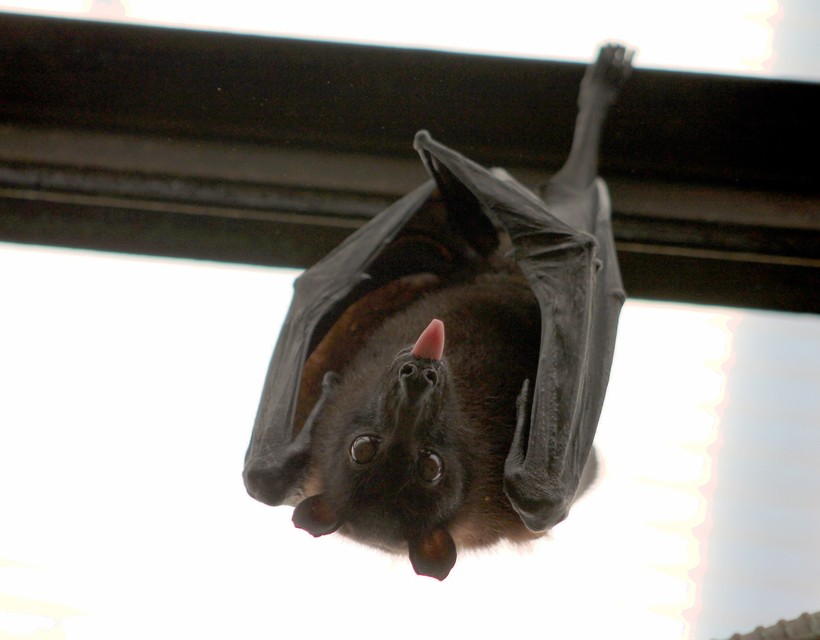One of the critics of the American National Institutes of Health (NIH), Richard Ebright, professor of biochemistry at Rutgers University, made shocking accusations against the institution. he told a Washington Examiner reporter , the NIH admitted to violating its own rules.
A group led by Peter Daszak carried out gain of function research on bat viruses. This has been denied by the NIH until now, by no less a person than the Director of Allergy and Infectious Diseases, Anthony Fauci, and his boss, Francis Collins, who heads the NIH. Fauci is the director of the fight against Covid in the United States.
Research to increase the infectivity of viruses was carried out in Wuhan, China, funded by the NIH. The case was sparked by a letter written by NIH Deputy Director General Lawrence Tabak. The letter refers to the five-year results of the Daszak-led EcoHealth Alliance's research with bat viruses, which was funded by the NIH.
We investigated whether naturally occurring bat coronaviruses in China can bind to the human ACE2 receptor in a mouse model. (…) According to our limited experiment, laboratory mice infected with the bat coronavirus strain SHC014 WIV1 became more severely ill than those infected with the WIV1 strain.
According to the NIH, “EcoHealth did not immediately report this finding as required by the funding agreement.” According to them, this was an unexpected result of the research.
According to Ebright, however, the NIH admitted with this, what it already knew, that they were working on increasing the infectivity of viruses. According to him, the NIH was informed of this in 2018 and 2020.
They lied to Congress, they lied to the press and they lied to the public
Collins and Fauci insist they don't know exactly what went on at the Wuhan Institute of Virology, but they say the NIH did not fund virus development research. According to Ebright, however, they lied to Congress, lied to the press and lied to the public, knowingly, deliberately and brazenly.
In 2014, the Department of Health and Human Services (HHS) developed guidelines . However, when EcoHealth's funding was renewed in 2019, these were not respected.
As a result, there was no risk analysis and NIH officials violated federal regulations protecting US national security and public health
Ebright said. The letter about EcoHealth's research proves beyond doubt that the company and its partner in Wuhan created coronaviruses that do not exist in nature and
they showed a ten thousand-fold increased viral load and a two- to fourfold infectivity in infectivity studies performed on gene-treated mice. Their cells have human receptors.
According to the professor, during the preparation of the second five-year financing contract, he knew that they wanted to conduct experiments with even more of these "chimeric" coronaviruses, so the risk analysis should have been carried out in accordance with the guidelines, contrasting them with the expected benefits.
Fauci was questioned by Senator Rand Paul at a Senate hearing , and Fauci categorically denied that the NIH supported such research. In the same month, Collins explained why not in an interview:
The NIH does not support such research with coronaviruses because of the risk of producing a more dangerous virus than what occurs naturally.
Over the years, the NIH has supported the EcoHealth Alliance with $15.2 million, of which $3.74 million has been spent on bat coronavirus research.
By the way, Daszak was part of the WHO's "investigative" team in China, which called it "extremely unlikely" that the virus that causes Covid is a laboratory escapee. A year before the pandemic, the Pentagon rejected Daszak's request for funding, precisely because of the extreme risk of virus development.
The American intelligence community has concluded with "moderate certainty" that the pathogen of Covid-19 originates from the Chinese government's laboratory in Wuhan, and considers it to be of low probability that it was of natural origin. As early as 2018, the American embassy in Beijing drew attention to the lax security environment of the laboratory in Wuhan.












